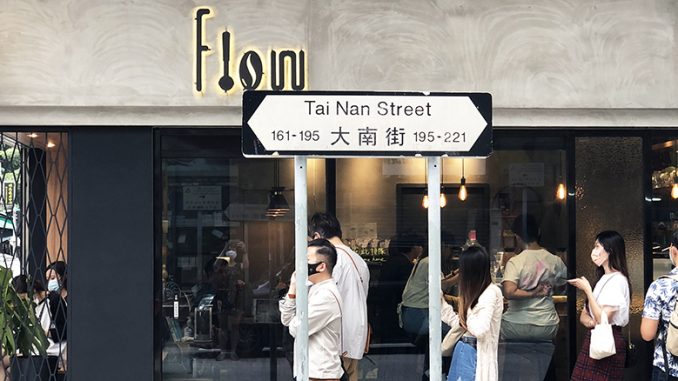
While the pandemic closes international borders for island hopping, Instagram has opened doors to a café-hopping frenzy within Hong Kong.
BY TIGGER CHATURABUL
SPECIAL TO BARISTA MAGAZINE ONLINE
Cover photo courtesy of Tigger Chaturabul
People in Hong Kong are typically on the go, whether it’s for pleasure or business, and being anchored down for the foreseeable future is driving us crazy. Coffee shops have become the latest hotspots for domestic sightseeing, and the rise in new café openings has been a blessing for both Hong Kong residents and the overall coffee industry. The growing role of social media influencers plays a huge part in driving traffic to local shops as people spend more time looking for entertainment inspiration online.
With borders still closed and inessential travel not recommended, 7.5 million Hong Kongers struggle to find space on a 1,000-square-mile island to enjoy themselves. Last year, the city’s Census and Statistics Department recorded 7.5 million resident departures in August 2019 alone. That’s the equivalent of the city’s entire population. In August 2020, departures only amounted to around 73,000, a 97% decrease in outbound travel.
One of the perks of being stuck on an island like Hong Kong is the never-ending variety of cuisine and coffee available in a stone’s throw radius. New arrivals to the scene like Koffee Mameya and Flow offer guest beans from roasters around the world, giving guests a chance to keep up with international coffee trends without having to travel. People are eager to go out and support local businesses, but with an attractive menu comes long queues and crowds trying to cram into tiny spaces, even on your average weekday afternoon. This problem is amplified by social-distancing measures still in place.
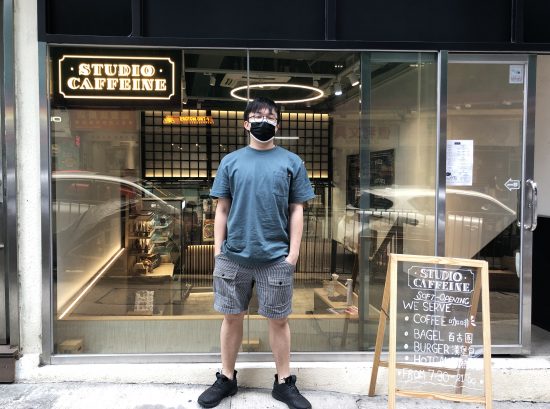
In Hong Kong, the café experience isn’t always just a simple cup of coffee. Brian Tang, founder of Studio Caffeine and Second Sip, has been watching the market grow since opening his first shop in 2014 to now opening his third and latest location in 2020. “The standard is much higher now. With social media, it’s much easier to see what other cafés are doing, how we compare, and get ideas for how to improve,” he says.
Each of Brian’s shops is a little different, with the first Studio Caffeine having a heavier food focus, Second Sip leaning more toward coffee and dessert, and the newest Studio Caffeine offering takeaway only. “Even before the pandemic, I already planned to do takeaway only to lessen the amount of time people spent in the café,” he says. Quick turnover is essential for businesses in Hong Kong to survive high rent costs for small dining areas.
While people in Hong Kong formerly referred to a Yelp-like review platform called OpenRice to get ideas for where to dine, Instagram has since taken over as the go-to search engine for F&B in Hong Kong. Food bloggers and influencers have given rise to a “check-in” culture that includes “camera eats first” and “photos or it didn’t happen.” If you spend an hour in a coffee shop, chances are you’ll see at least one or two people snapping away in the most Instagrammable corner of the café.
“Foodies are important for coffee shops because they are another communication channel between us and potential customers,” says Brian. “While coffee lovers might follow coffee shops to see the latest updates, other people who are new to coffee won’t be looking at our accounts. Instead they follow influencers.” Because influencers usually have backgrounds in other industries, catering to them with clear communication becomes even more important. “Baristas have the responsibility to properly introduce what they’re serving to every guest, no matter who they are. But when they’re an influencer, you have an even better opportunity to communicate your values to a wider audience,” says Brian.
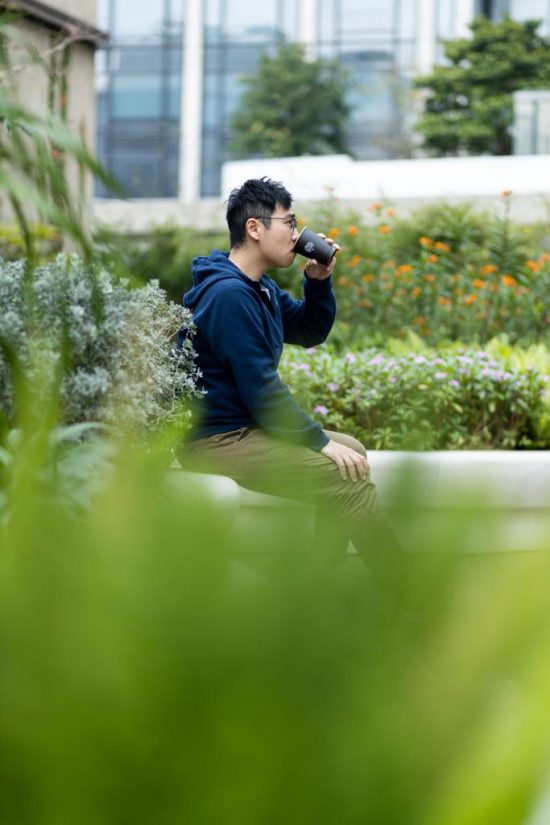
For @coffeenow.today, who prefers to be referred to only by his social handle, he’s noticed more engagement from his followers when he posts content about new café openings. “Coffee content can include anything from F&B to design, branding, equipment, and accessories, and new shops tend to have trendy ideas that people are interested in,” he says. His background as a Specialty Coffee Association trainer and sensory judge, as well as his responsibilities as a supplier to coffee shops in the Asia-Pacific region, usually have him traveling up to 80% of the year. Now that he’s grounded for the time being, his blog covers coffee closer to home.
“Hong Kong has a high standing in coffee quality and the culture here has seen a lot of progress. During COVID-19 times, a lot of people are looking for new things to learn or ways to upgrade themselves, which is one of the reasons why coffee shops have become so popular,” he says.
Helen Kwok, a registered architect, also lauds the expansion of the local coffee scene and draws on her design background to create a new channel that maps out both fresh and seasoned cafés of note in Hong Kong at @fov_hkcoffeemap.
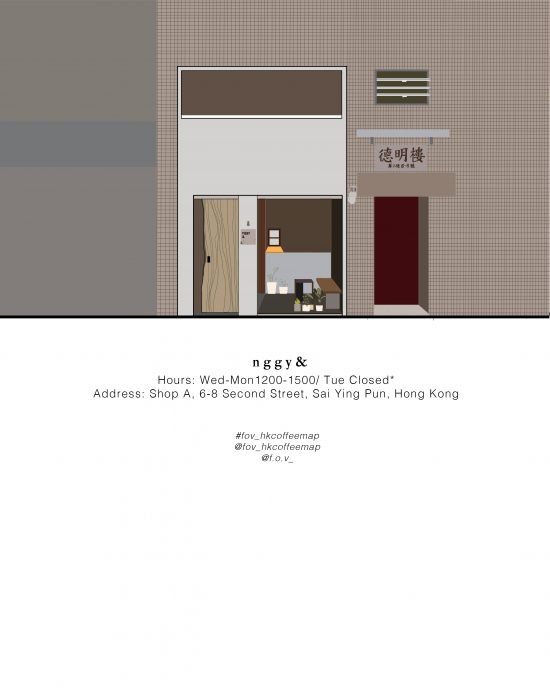
“We have some big names here now like Blue Bottle and Arabica, as well as small neighborhood local cafés. However, it doesn’t matter if they’re big or local brands as long as you’re enjoying your cup of coffee. With @fov_hkcoffeemap, I want to line them up equally on the same ground by literally joining the grounds of the different shop fronts,” says Helen. Her beautifully illustrated coffee map also captures the context and textures of unique Hong Kong streetscapes that surround the shop fronts, while her main account @f.o.v_ takes nearly 70,000 followers inside for a glimpse of what the shops have to offer.
Visually dominant platforms like Instagram have turned products and commodities like coffee into destinations and experiences. Coffee-centric accounts like @coffeenow.today, @f.o.v_ and @fov_hkcoffeemap not only drive traffic to cafés, they also provide inspiration for the ultimate Insta-worthy angle to take your own coffee moment shot. “Hong Kongers take to social media as a channel to put their daily lifestyles on display, as a way to tell people that we are here,” says @coffeenow.today.
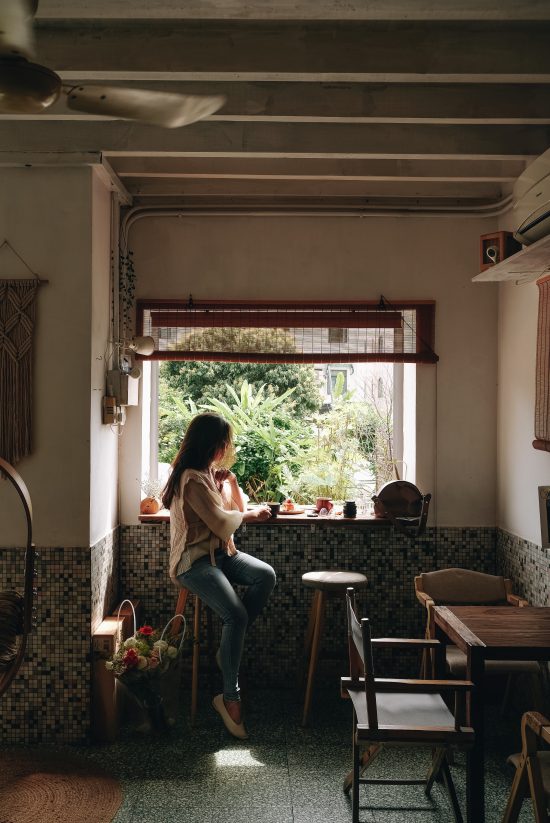
There’s a whole socioeconomic underlying theme here that I won’t get into about basic needs and identity, but he has a point. With the pandemic telling us we can’t go anywhere, we still want to be seen as going somewhere, and for now, making a moment of a daily coffee run is as good as it gets.
I’ll continue with the potential impact of social media on the café industry in the final part of this story next week.
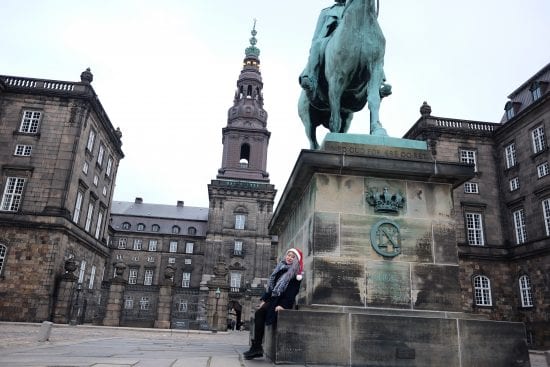
ABOUT THE AUTHOR
Tigger Chaturabul tried to be a barista for two years until she realized she was better suited behind the business than behind the bar. She now runs her own copywriting and design studio, Curious Typhoon Studio, that serves F&B and other small businesses in Hong Kong. Her free-range creative lifestyle allows her to spend all her time in coffee shops everywhere.

